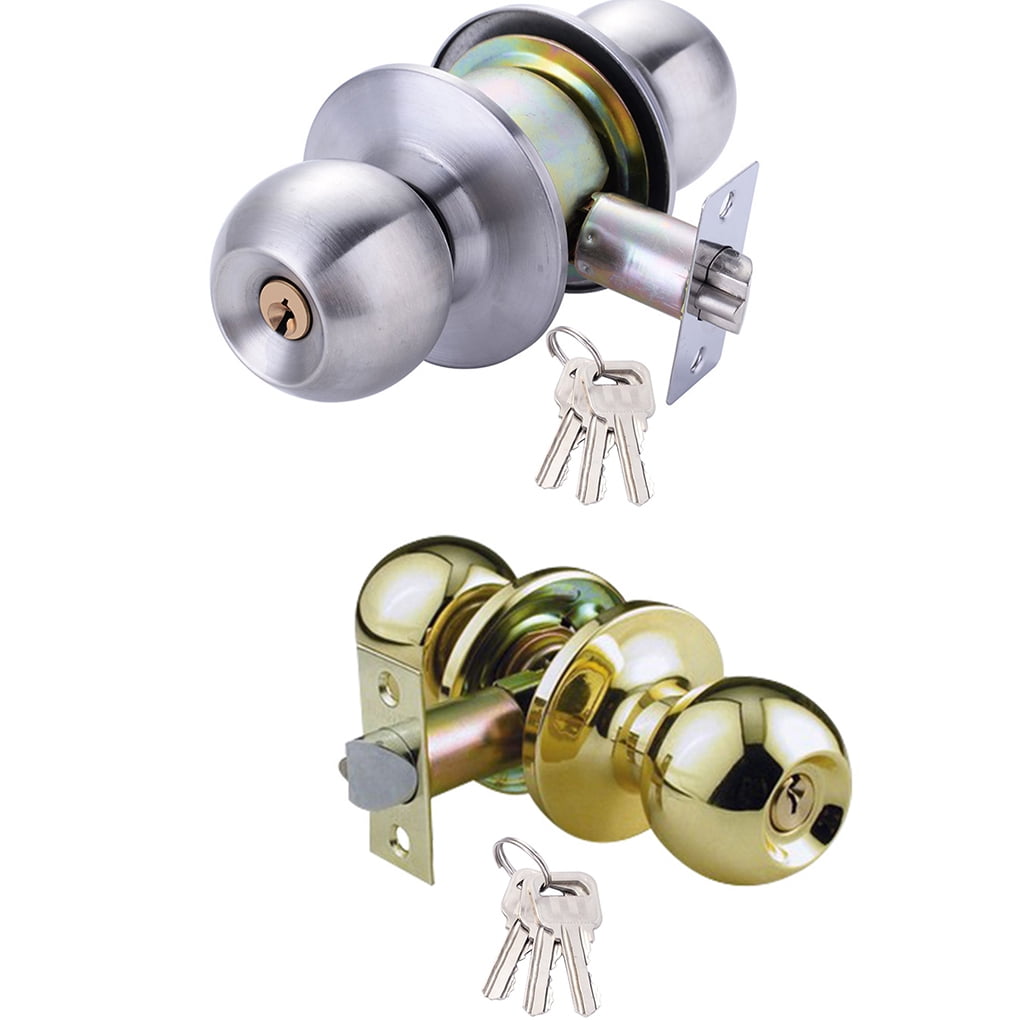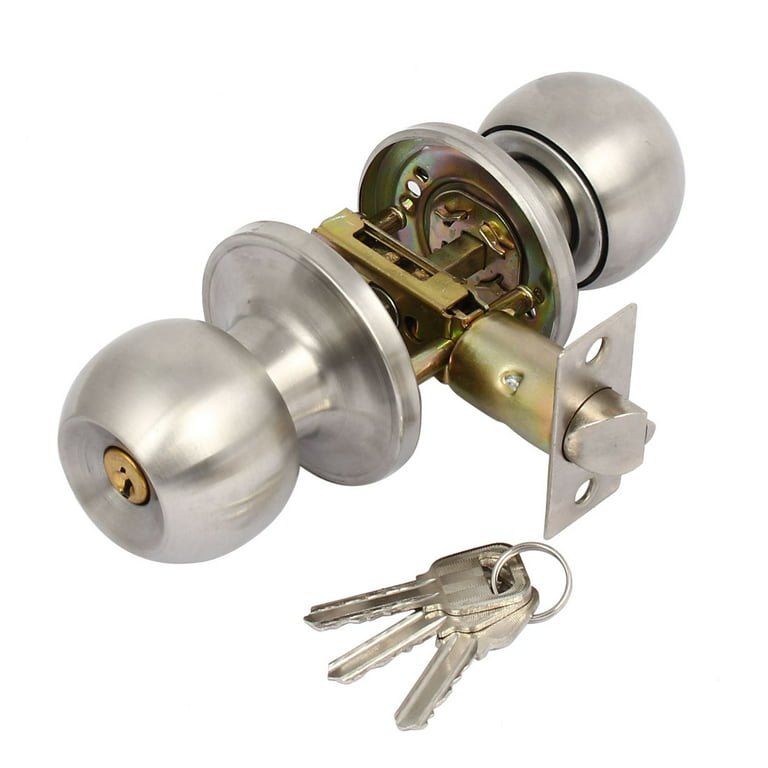Introduction
Step into the captivating realm of door locks, where the amalgamation of security and functionality forms a cornerstone of our living spaces. Navigating through the intricate components that collectively shape it is not just about securing an entry point; it’s about establishing a fortified and safe haven. This in-depth exploration serves as your comprehensive guide to the multifaceted universe of door lock anatomy. Prepare to delve into the nuanced roles and profound significance associated with each individual part, demystifying the complexities that lie beneath the surface. Join us on this enlightening expedition as we unveil the layers of sophistication within the seemingly ordinary mechanisms that stand as guardians of our homes, offering not just physical protection but also the assurance of a secure and tranquil abode.

What are the different parts of a door lock called
Explore the intricate components that constitute a door lock, each playing a pivotal role in its overall functionality:
Cylinder: At the heart of the lock, the cylinder encompasses the keyway and houses the mechanism responsible for the lock’s operation.
Keyway: The keyway serves as the entry point, a carefully designed groove or opening in the cylinder where the key is skillfully inserted to engage the lock.
Key Pins:Nestled within the cylinder, key pins are the petite, individual pins that align precisely with the notches on the key, facilitating the unlocking process.
Driver Pins: Positioned above the key pins, driver pins interact with the key to create a barrier, preventing unauthorized access without the correct key.
Springs: Working in tandem with the driver pins, springs exert pressure from above, ensuring the pins are in position and facilitating a seamless locking and unlocking experience.
Bolt: Extending from the lock into the door frame, the bolt is the robust component that physically secures the door, fortifying the overall security of the entry point.
Latch: The latch, a spring-loaded bolt, combines practicality with security, keeping the door closed while allowing easy retraction with the door handle.
Strike Plate: Installed on the door frame, the strike plate provides a stable and secure surface for the bolt or latch to engage, enhancing the lock’s overall effectiveness.
Faceplate: Positioned on the edge of the door, the faceplate is a metal guard housing the latch and, in some cases, the bolt, contributing to the structural integrity of the locking mechanism.
Backset:The backset, a critical dimension, represents the distance from the edge of the door to the center of the keyway or the knob/lever, influencing the lock’s overall installation and functionality.
How to maintain your door locks
Ensuring the longevity and optimal performance of your door locks involves a few key maintenance practices. Keep the lock, keyway, and surrounding areas clean by using a soft brush or compressed air to remove dust and debris. Regularly apply a graphite-based lubricant or silicone spray to the keyway, latch, and bolt to reduce friction and promote smooth operation. Check that your door is properly aligned with the frame, and tighten any loose screws on the lock, strike plate, or hinges. Periodically test your keys to ensure they operate smoothly, and consider replacing worn keys promptly. Inspect and replace damaged weather stripping, and for added security, think about installing a deadbolt. Ensure windows are secure if they are part of your door, and schedule professional inspections by a locksmith to identify and address potential issues before they become problematic.
How to Troubleshoot Common Issues with Different Parts of a door lock
Key Doesn’t Turn Smoothly (Cylinder Issues): If the key doesn’t turn smoothly, try lubricating the keyway with a graphite-based lubricant. If the problem persists, the key pins or driver pins may be misaligned, requiring professional attention.
Door Doesn’t Latch Properly (Latch and Strike Plate Issues): If the door doesn’t latch properly, check for misalignment between the latch and the strike plate. Adjust the strike plate position or replace it if necessary.
Key Gets Stuck in the Lock (Cylinder Issues): Stuck keys may be due to dirt or debris in the keyway. Clean the keyway using compressed air or a soft brush. If the issue persists, consult a locksmith to inspect and repair the cylinder.
Loose Door Handle (Latch and Handle Issues): Tighten the screws on the handle or check for loose parts in the latch mechanism. If the problem persists, consider replacing worn-out components.
Difficulty Turning the Key (Cylinder and Key Issues): If you’re having trouble turning the key, inspect for visible damage on the key or within the cylinder. Lubricate the keyway and, if needed, consult a locksmith for a key or lock replacement.
Door Squeaks When Opening or Closing (Hinges): Squeaky doors are often due to hinge issues. Lubricate the hinges with a silicone-based spray or apply a lubricating oil to reduce friction and eliminate squeaks.
Deadbolt Doesn’t Extend Fully (Deadbolt Issues): Check for misalignment between the deadbolt and the strike plate. Adjust the strike plate position or replace it if needed. Lubricate the deadbolt for smoother operation.
Exterior Door Swells or Shrinks (Weather Conditions): Exterior doors can swell or shrink with changing weather. Adjust the strike plate, hinges, or latch to accommodate these variations for consistent operation.
Rattling Noise When Closing the Door (Loose Components): Rattling noises may indicate loose screws or components. Inspect and tighten all visible screws on the lock, plate, and handle.
Key Doesn’t Insert Fully (Keyway Issues): If the key doesn’t insert fully, inspect for any obstructions in the keyway. Clean it thoroughly and avoid forcing the key, as it may cause damage.
Inventing more about different parts of a door lock from the exact place
If you’re curious about how door locks work, Junying Metal Manufacturing’s website is like a treasure trove of information! It’s super easy to explore, and they’ve got everything you need to understand the different parts of it. From the main brain, called the cylinder, to the friendly latch that keeps the door closed, they break it down in a way that makes sense for everyone. Whether you’re just starting to learn or you’re a pro seeking more details, Junying Metal Manufacturing’s website is like your friendly guide into the fascinating world of door lock secrets!

FAQs
What’s the main thing inside a door lock?
The main guy inside it is called the “cylinder.” It’s like the brain that makes the lock work.
What’s the deal with the “keyway” in a door lock?
The “keyway” is like the slot where you stick your key to make the magic happen. It’s the door’s way of saying, “Hey, right key, come on in!”
What’s the deal with those “driver pins,” and where do they hang out?
“Driver pins” are the cool cats hanging out above the key pins inside the cylinder. They team up with your key to keep the door safe from the wrong keys.
Why should I care about “lubrication” for door locks?
“Lubrication” is like giving your lock a little massage. It helps things slide smoothly and keeps the operation nice and quiet. No squeaky doors here!
What’s the “faceplate” doing in a door lock?
The “faceplate” is like the bodyguard on the door’s edge, housing the latch and sometimes the bolt. It’s there to keep everything in line.
Why does the “backset” matter for it?
The “backset” is like the personal space measurement. It’s the distance from the door edge to the keyway or knob. Getting that right ensures your lock fits and works like a charm.
Conclusion
In conclusion, understanding the different parts of a door lock empowers you to make informed decisions regarding your home security. From traditional components to cutting-edge technology, each element plays a vital role in safeguarding your living space. Choose wisely, maintain regularly, and embrace the peace of mind that comes with a secure door lock.
